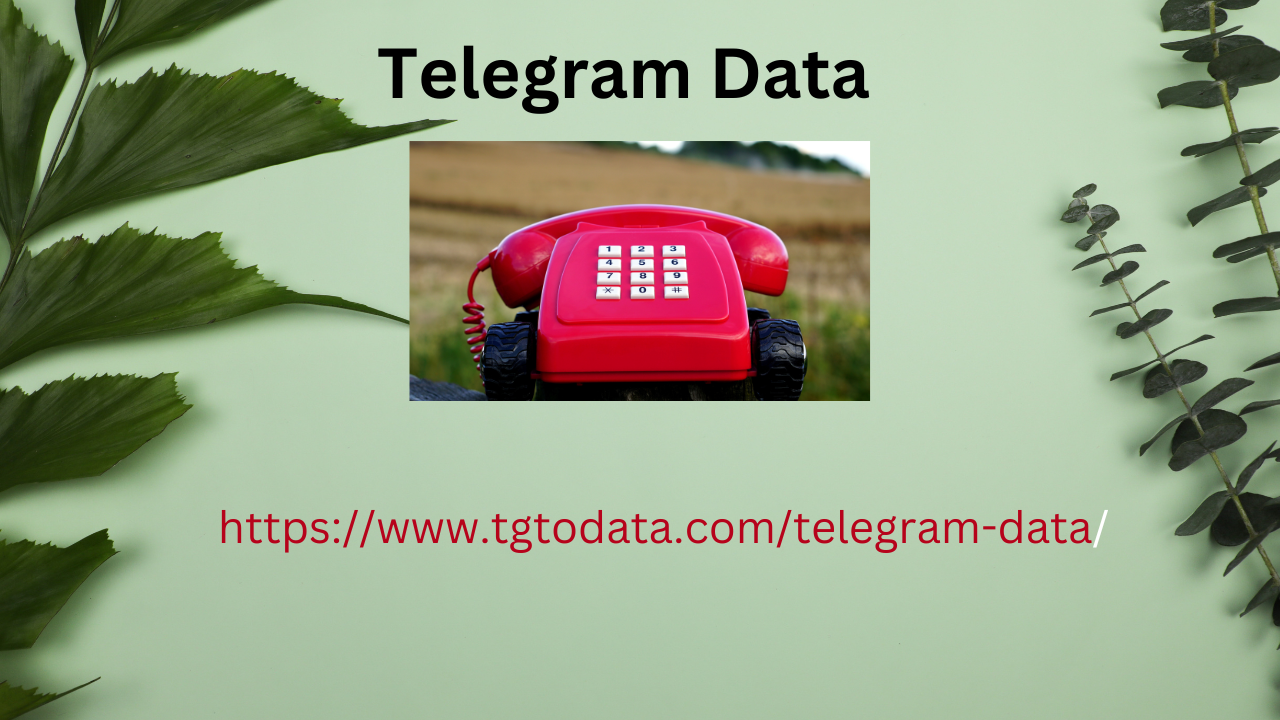|
|
Trying to capture the attention of users through TV ads, radio slots, emails, or even phone calls has been the customary tactic of those who have worked with Outbound Marketing strategies. But, what is Outbound Marketing actually? And Inbound Marketing? What are their characteristics and how do they differ? In the past few years, many companies have bet on Inbound Marketing to make their projects grow in the digital sphere. And the statistics reflect it: according to the 2021 CMO Survey, B2B marketing experts in the US plan to invest 14% more in Inbound Marketing while the investment in Outbound Marketing is expected to fall by 6%. Inbound vs Outbound Marketing? In reality, they have different focuses that share a common goal: catching the attention of the public and, therefore, ensuring they choose our products or services.
So, what strategy should we follow? It depends. We have to know what inbound and outbound mean and the characteristics of each model. That will help us make better decisions. Inbound Marketing vs Outbound Marketing: the Telegram Data differences Inbound Marketing vs Outbound Marketing: the differences Outbound Marketing and its characteristics It’s a traditional method that has always worked for companies. A definition of Outbound Marketing is a methodology centered on the product that tries to capture the clients’ attention by sending a predetermined message to the audience. Some examples of Outbound Marketing are ads on TV, at a fair, on the radio, in a newspaper, magazines, or catalogs, phone calls, and the “cold call”, among others. These are some of the characteristics within an Outbound Marketing strategy: It shows the characteristics of the product or services to the client before the client has even shown an interest in or searched for the product. Because of this, it can sometimes be annoying.

A possible client search is realized through traditional methods that we mentioned earlier, such as radio or television. Unilateral communication: a message with concrete information is launched, without choosing channels or preparing for an exchange with the recipient. There’s no feedback. Impersonal communication: The message that we launch reaches everyone; there isn’t a focus on a target audience and, therefore, the user that receives it may not be interested. High economic budget: Outbound Marketing requires a lot of money to be invested in publicity, given that traditional and offline publicity spaces are usually expensive in comparison with online platforms. No added value: it showcases the product or service in a direct way, frequently without adding emphasis on the added value to the consumer. Measuring results is almost impossible due to the traditional channels that are used.
|
|